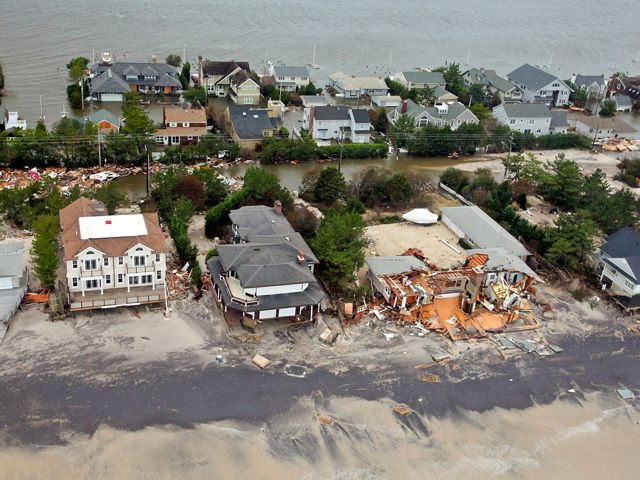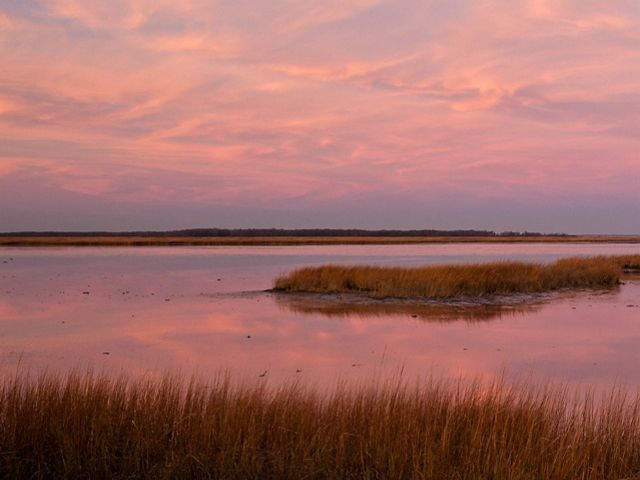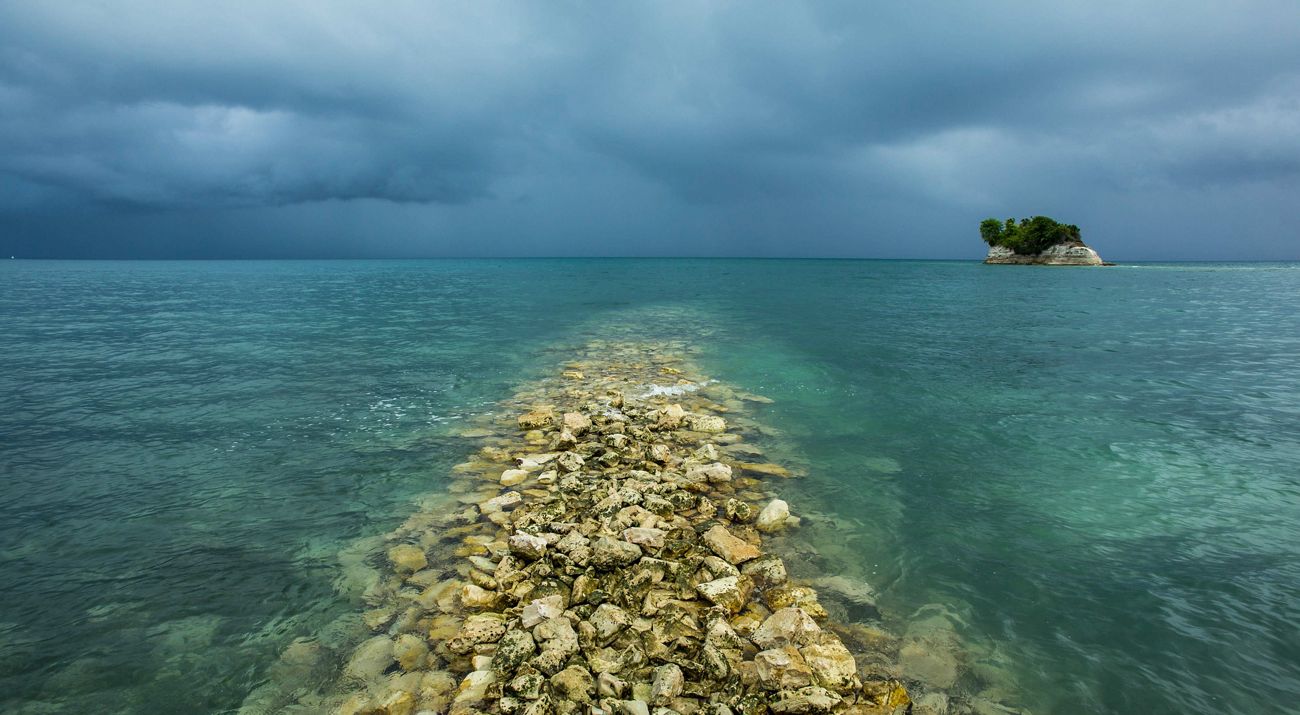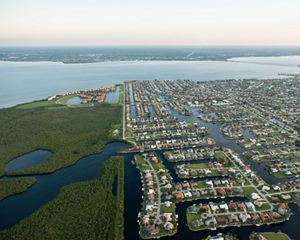Natural Disasters Are Surging—It’s Time to Protect Our Nations
Governments must recognize the severe weather impacts of climate change and invest in protection
By Lynn Scarlett, Former Chief External Affairs Officer
Last month, media around the world ran headlines like “U.N. report finds ‘staggering rise’ in climate disasters” and “The World is Woefully Unprepared for Climate-Driven Natural Disasters.” These headlines draw on a new report, based on the data from the United Nation’s Office for Disaster Risk Reduction (UNDRR), which shared that the number of natural disasters was 75 percent higher between 2000 and 2019 than in the previous 20 years. Unless humanity takes prompt, dramatic action to reduce greenhouse gas emissions, the planet risks becoming “an uninhabitable hell for millions of people,” the report’s authors warn. Unfortunately, as we well know, we are not currently doing nearly enough either to mitigate climate change or prepare for its associated impacts.
Natural disasters are a fact of life on Earth, but the current rates at which they are happening are unprecedented and unnatural. “The Human Cost of Disasters” documents 7,348 global disasters over the past two decades, up sharply from the 4,212 between 1980 and 1999. Since 2000, natural disasters have affected more than 4 billion people—roughly 200 million per year—claiming 1.23 million lives and causing nearly $3 trillion in economic losses. Additionally, the data suggest that developing nations experienced death rates more than four times higher than developed nations. While better reporting may partially explain these rising numbers, they don’t full account for the surge in climate-related disasters over the past two decades.

These alarming numbers raise a vital red flag we should heed if we hope to protect communities from escalating harm. We know that climate change and biodiversity loss are making these disasters worse, and yet we continue to abuse the planet in ways that accelerate these crises. Politicians and business leaders must improve the governance around disaster risk reduction to limit further damage to the planet before some of those losses become irreversible.
Quote
We know climate change and biodiversity loss are making these disasters worse, and yet we continue to abuse the planet in ways that accelerate these crises.
As some of the deadliest recent disasters have shown—such as the 2004 Indian Ocean Tsunami, 2008’s Cyclone Nargis in Myanmar, and the 2010 Haiti earthquake, each of which took more than 100,000 lives—the impact of these events can be felt not just in loss of human life but also in declines in human health and loss of biodiversity (which can in turn make regions more vulnerable to disaster). These damages are often not always fully considered and go well beyond the documented financial costs, putting a severe strain on government resources.
According to the UNDRR, only 93 countries have implemented disaster risk strategies at a national level. The report indicates that there has been some success in protecting vulnerable communities from isolated hazards, thanks to more effective early warning systems, disaster preparedness and response protocols. But projected global temperature rises could make these improvements “obsolete in many countries,” the agency warned. Taking preemptive action to protect vulnerable communities with better early warning systems and additional responses is imperative, and nature is a powerful ally in that endeavor.
The Playbook for Climate Action
A comprehensive suite of science-based solutions, the playbook presents actions governments and companies can deploy—and scale—today. Get the Playbook for Climate Action.
Catalyzing policies that drive investment to mitigate risk in advance of storms and other disasters, especially through the implementation of natural infrastructure solutions, is a cost-effective approach that also meets growing infrastructure demands. Whether used alone or with gray infrastructure, nature-based solutions like wetlands, living shorelines and oyster reefs have proven to generate significant economic and protection benefits. In addition to stimulating local, state and national economies by creating new jobs, natural infrastructure plays an important role in reducing the overall impact of hurricanes—minimizing the extent of post-disaster cost and recovery efforts.
Furthermore, increased investment in nature-based solutions would help achieve emissions reduction targets under the Paris Agreement, and deliver toward the Sustainable Development Goals (SDGs) on health and well-being, clean water and sanitation, life below water, and life on land.

This year was expected to provide a real opportunity to address these challenges through the UN Convention on Biodiversity and the UN Framework Convention on Climate Change meetings, but the spread of the COVID-19 pandemic pushed those forums back until 2021 at the earliest. We cannot afford to wait for these discussions. Seemingly every week we receive new reports of storms or other disasters ravaging our global population. It is the responsibility of governments and business leaders to think proactively about disaster risk preparation and look beyond their own borders and landscapes to better integrate solutions for community resilience and adaptation.
A global shift in the way we allocate resources and finance early protection measures, including investments in nature itself, is the only way to prepare ourselves, while simultaneously taking ambitious climate action to minimize global temperature rise and lower carbon emissions, which should hopefully decrease frequency and amplitude of disasters over time. We know the steps to take. We cannot stagger forward; we must run confidently and assertively.
Global Insights
Check out our latest thinking and real-world solutions to some of the most complex challenges facing people and the planet today.



